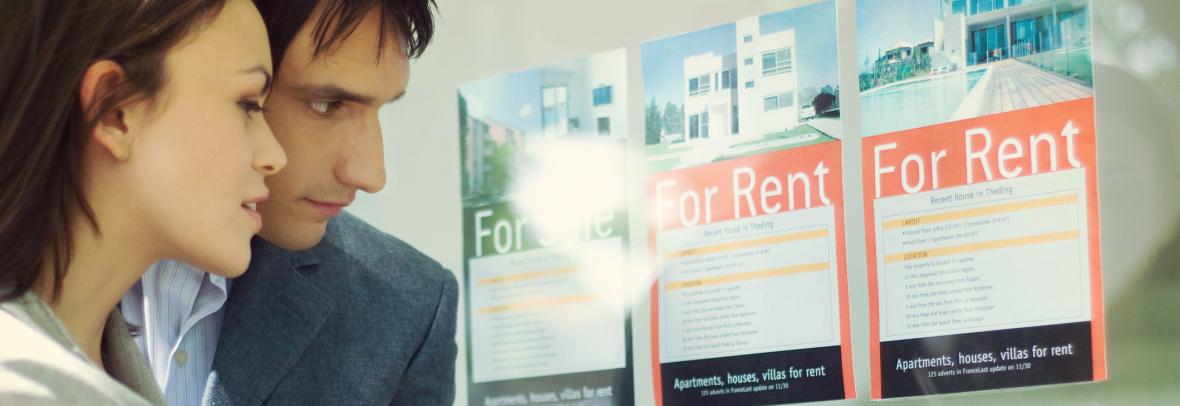
Study: March asking rents fell 0.4% to $1,937 year-to-year, the lowest level in 13 months. But 4 Fla. cities in the study saw increases ranging from 0.7% to 3.9%.
SEATTLE – The median U.S. asking rent fell 0.4% year-over-year to $1,937 in March – the first annual decline since March 2020 and the lowest median asking rent in 13 months, according to a report from Redfin.
One year earlier – in March 2022 – rents were up 17.5% year-to-year.
Rent rose in all four Florida cities included in Redfin’s study, however. None made the top 10 “rent declines” or “rent increases” list.
Florida metro year-to-year rent changes
- Tampa: Up 3.9% to $2,222
- Orlando: Up 2.0% to $2,128
- Jacksonville: Up 1.7% to $1,633
- Miami: Up 0.7% to $3,074
Nationally, rents didn’t change month-to-month. Overall, median asking rents are $322 higher (19.9%) than they were at the start of the pandemic three years earlier.
“Rents are falling, but it feels more like they’re just returning to normal, which is healthy to some degree,” says Dan Close, a Redfin real estate agent in Chicago. “It’s similar to the cost of eggs. You can say egg prices are plummeting, but what’s really happening is they’re finally making their way back to the $3 norm instead of $5 or $6. Rents ballooned during the pandemic and are now returning to earth.”
Rents surged during the past two years because incomes increased and household formation rose as more millennials started families. But household formation is now slowing, partly because many people are opting to stay put rather than move during a time of economic uncertainty.
Why are rents moderating?
Rents declined year-to-year in March largely due to a surplus of supply resulting from the pandemic homebuilding boom. The number of multifamily units under construction and completed each rose to almost a more-than-three-decade high in February, the latest month for which data is available.
Completed residential projects in buildings with five or more units jumped 72% on a seasonally-adjusted basis to 509,000, the highest level since 1987 with the exception of February 2019. And newly started projects in buildings with five or more units rose 14.3% to 608,000, the highest level since 1986 with the exception of April 2022.
The short-term rental market similar. The Airbnb market is oversaturated with supply, and authorities are imposing tougher restrictions on hosts in some areas outside Florida, driving some owners to lower rents or sell.
The overall rental market is also cooling because still-high rental costs, inflation, rising unemployment and recession fears are causing rental demand to ease. Rental vacancies are on the rise, prompting some landlords to cut rents and/or offer concessions like discounted parking.
Rents declined in 13 major U.S. metro areas
- Austin, Texas: down 11%
- Chicago: down 9.2%
- New Orleans: down 3%
- Birmingham, Alabama: down 2.9%
- Cincinnati, Ohio: down 2.9%
- Sacramento, California down 2.8%
- Las Vegas: down 2.4%
- Atlanta: down 2.3%
- Phoenix: down 2.1%
- Baltimore: down 2%
- Minneapolis: down 1.6%
- Houston: down 1.5%
- San Antonio, Texas: down 1.3%
Highest year-to-year rent increases
- Raleigh, North Carolina: up 16.6%
- Cleveland, Ohio: up 15.3%
- Charlotte, North Carolina: up 13%
- Indianapolis, Indiana: up 10.5%
- Nashville, Tennessee: up 9.6%
- Columbus, Ohio: up 9.4%
- Kansas City, Missouri: up 8.1%
- Riverside, California: up 7.2%
- Denver: up 7%
- St. Louis, Missouri: up 4.2%
© 2023 Florida Realtors®
Go to Source
Author: kerrys



